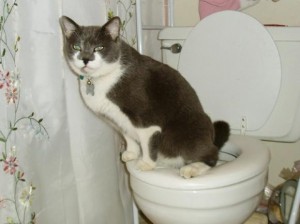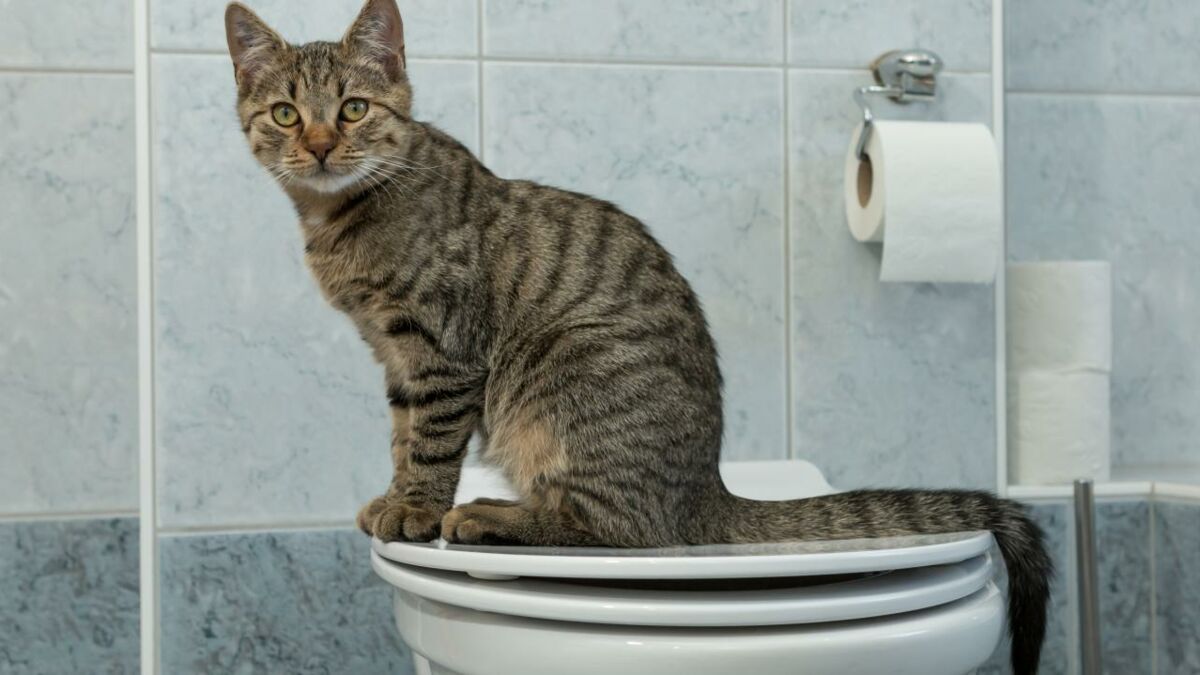Never Flush Cat Poop Down Your Toilet - Protect Your Plumbing Infrastructure
Never Flush Cat Poop Down Your Toilet - Protect Your Plumbing Infrastructure
Blog Article
On this page below you might get more quality tips concerning How to Dispose of Cat Poop and Litter Without Plastic Bags.

Intro
As feline owners, it's essential to be mindful of exactly how we get rid of our feline close friends' waste. While it may seem hassle-free to purge pet cat poop down the toilet, this method can have destructive repercussions for both the atmosphere and human health and wellness.
Alternatives to Flushing
Thankfully, there are more secure and extra accountable means to deal with cat poop. Consider the following alternatives:
1. Scoop and Dispose in Trash
One of the most usual approach of throwing away cat poop is to scoop it right into a biodegradable bag and toss it in the garbage. Be sure to use a committed clutter inside story and throw away the waste without delay.
2. Usage Biodegradable Litter
Choose biodegradable cat clutter made from products such as corn or wheat. These clutters are eco-friendly and can be securely dealt with in the trash.
3. Hide in the Yard
If you have a lawn, think about burying pet cat waste in a marked area away from vegetable yards and water resources. Make certain to dig deep adequate to stop contamination of groundwater.
4. Mount a Pet Waste Disposal System
Buy a family pet garbage disposal system specifically made for pet cat waste. These systems make use of enzymes to break down the waste, reducing odor and environmental influence.
Wellness Risks
Along with environmental problems, flushing cat waste can likewise pose health threats to humans. Feline feces may consist of Toxoplasma gondii, a parasite that can create toxoplasmosis-- a potentially extreme disease, especially for expecting females and people with damaged body immune systems.
Environmental Impact
Flushing feline poop presents damaging virus and bloodsuckers into the water, posing a substantial danger to water environments. These contaminants can negatively influence aquatic life and compromise water high quality.
Final thought
Responsible pet possession prolongs past providing food and sanctuary-- it also involves appropriate waste management. By refraining from flushing cat poop down the bathroom and choosing alternative disposal methods, we can minimize our ecological impact and safeguard human health.
Why Can’t I Flush Cat Poop?
It Spreads a Parasite
Cats are frequently infected with a parasite called toxoplasma gondii. The parasite causes an infection called toxoplasmosis. It is usually harmless to cats. The parasite only uses cat poop as a host for its eggs. Otherwise, the cat’s immune system usually keeps the infection at low enough levels to maintain its own health. But it does not stop the develop of eggs. These eggs are tiny and surprisingly tough. They may survive for a year before they begin to grow. But that’s the problem.
Our wastewater system is not designed to deal with toxoplasmosis eggs. Instead, most eggs will flush from your toilet into sewers and wastewater management plants. After the sewage is treated for many other harmful things in it, it is typically released into local rivers, lakes, or oceans. Here, the toxoplasmosis eggs can find new hosts, including starfish, crabs, otters, and many other wildlife. For many, this is a significant risk to their health. Toxoplasmosis can also end up infecting water sources that are important for agriculture, which means our deer, pigs, and sheep can get infected too.
Is There Risk to Humans?
There can be a risk to human life from flushing cat poop down the toilet. If you do so, the parasites from your cat’s poop can end up in shellfish, game animals, or livestock. If this meat is then served raw or undercooked, the people who eat it can get sick.
In fact, according to the CDC, 40 million people in the United States are infected with toxoplasma gondii. They get it from exposure to infected seafood, or from some kind of cat poop contamination, like drinking from a stream that is contaminated or touching anything that has come into contact with cat poop. That includes just cleaning a cat litter box.
Most people who get infected with these parasites will not develop any symptoms. However, for pregnant women or for those with compromised immune systems, the parasite can cause severe health problems.
How to Handle Cat Poop
The best way to handle cat poop is actually to clean the box more often. The eggs that the parasite sheds will not become active until one to five days after the cat poops. That means that if you clean daily, you’re much less likely to come into direct contact with infectious eggs.
That said, always dispose of cat poop in the garbage and not down the toilet. Wash your hands before and after you clean the litter box, and bring the bag of poop right outside to your garbage bins.
https://trenchlesssolutionsusa.com/why-cant-i-flush-cat-poop/

I'm certainly very interested by How to Dispose of Cat Poop and Litter Without Plastic Bags and I really hope you enjoyed reading my page. Remember to take the time to distribute this post if you enjoyed it. Thanks a bunch for your time. Please pay a visit to our blog back soon.
This Website Report this page